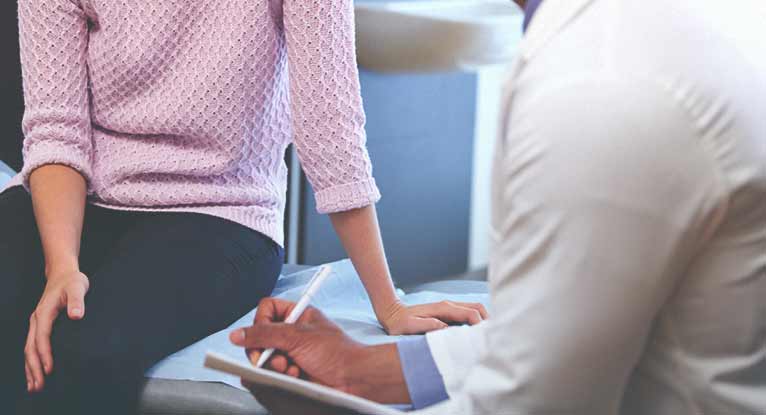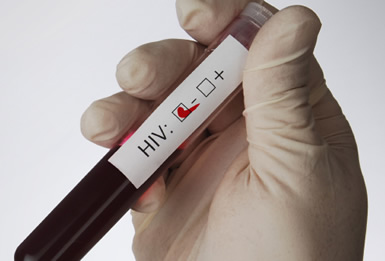Medical Tests Every 20-Something Woman Should Have
Maintaining our health (i.e. regular exercise, healthy diet, regular check-ups, etc.) is always something we plan to do, but the reality is that it’s all just plans—no actions. If lucky enough to be able to put them into action, they usually don’t last past week three. Why? Perhaps, due to laziness and the list of must-do things for the health gets longer and longer over time.

However, there are some medical things you should never skip out on, no matter how lazy you are or how hectic your schedule is. Here’s a list of must-take tests if you’re somewhere in your 20s.
Pap Smear
How Often: Once every three years when you reach 25.
What for: Pap smear checks for abnormal cells in the cervix. If your test shows any abnormality, don’t fret. Six in every 100 women come out with abnormal results, and it doesn’t mean you have cervical cancer—in most cases, abnormal cells go back to normal on their own. However, your healthcare provider will further investigate the result, and if the irregularity is confirmed, your doctor will likely recommend a treatment to remove affected cells and prevent serious development of diseases.
STD Test

How Often: The moment you start having intercourse, you should get an STD test at least once a year; and if you’ve had unprotected sex, it’s time to schedule your next.
What For: An STD test can check for an entire range of sexually transmitted diseases, from gonorrhoea and chlamydia to HIV and hepatitis. A standard STD check-up usually tests for everything but herpes, which can’t be checked until sores are found in your intimate areas.
Breast Examination
How Often: As long as you do a breast self-exam regularly and feel no lumps in the area, you can skip the examination. If not, you can have it checked once every three years. However, once you feel or see irregularities in your breast, go see a doctor right away for a breast examination.
What For: Looking for symptoms will help identify onset of breast cancer. The earlier it is detected, the better chance of curing it. If you notice abnormalities, such as dimpling, pain, change in size and texture of skin and secretion of liquid from the nipple, visit your healthcare provider as soon as possible.
Other than those mentioned, there are a few more physical exams that need to be done for women in their 20s. These are just three of the most important and should never be skipped tests in your 20s.


Leave a Reply
You must be logged in to post a comment.